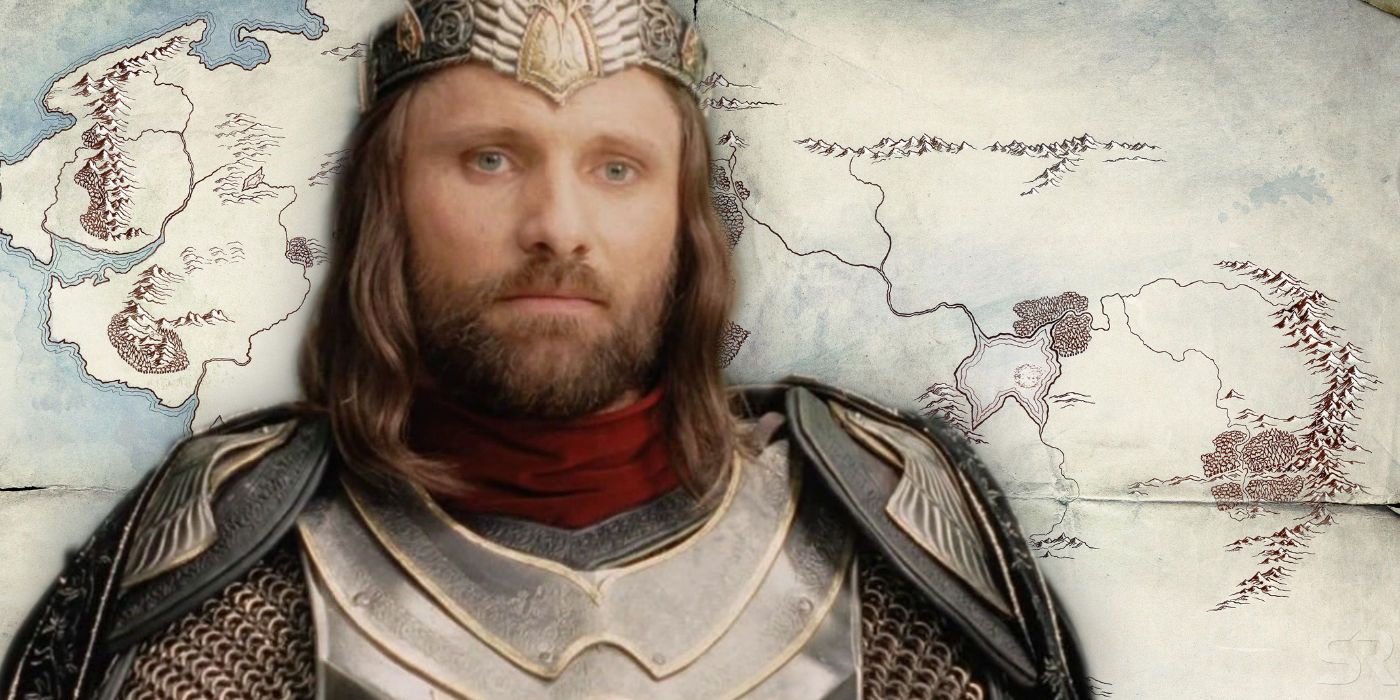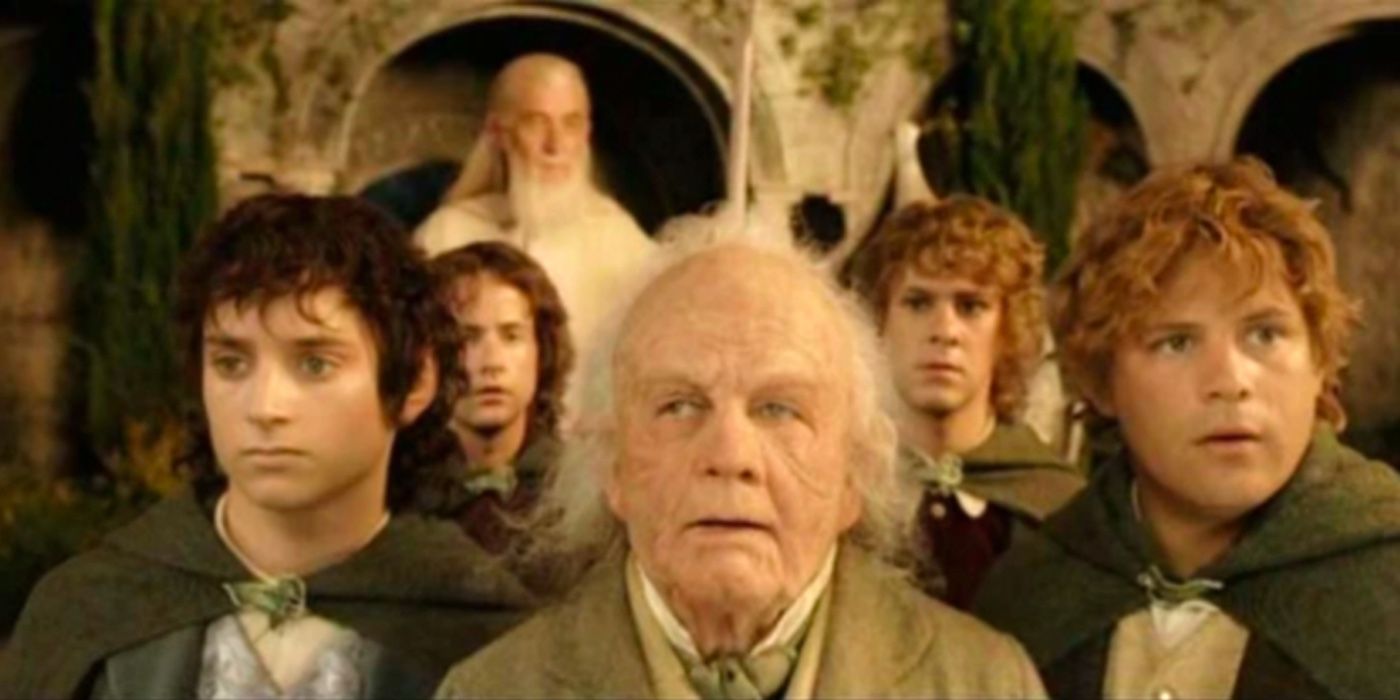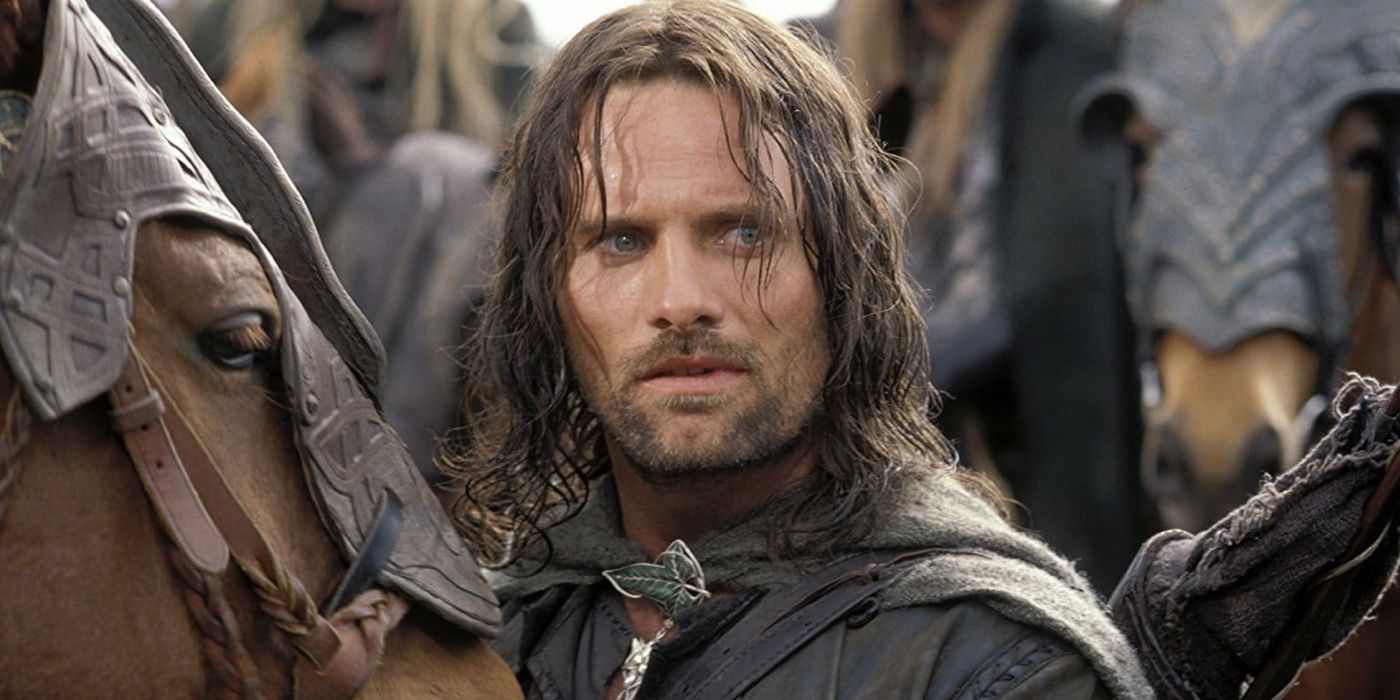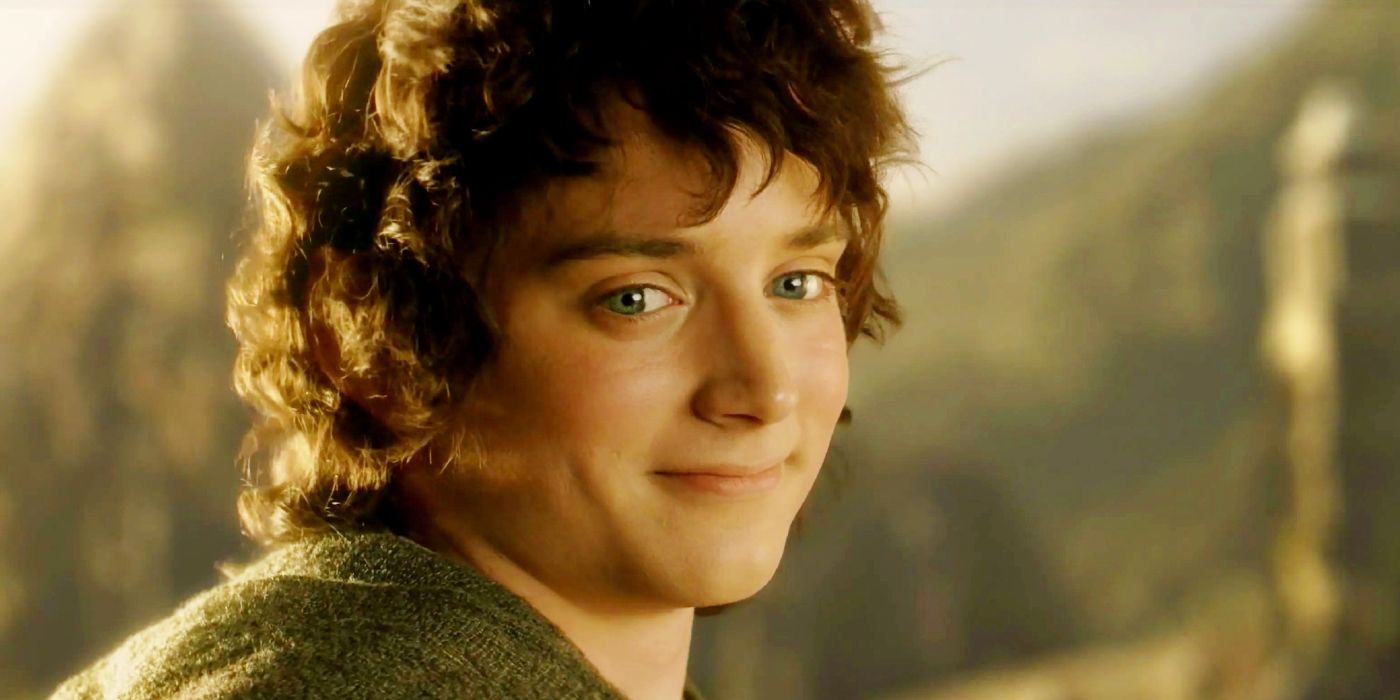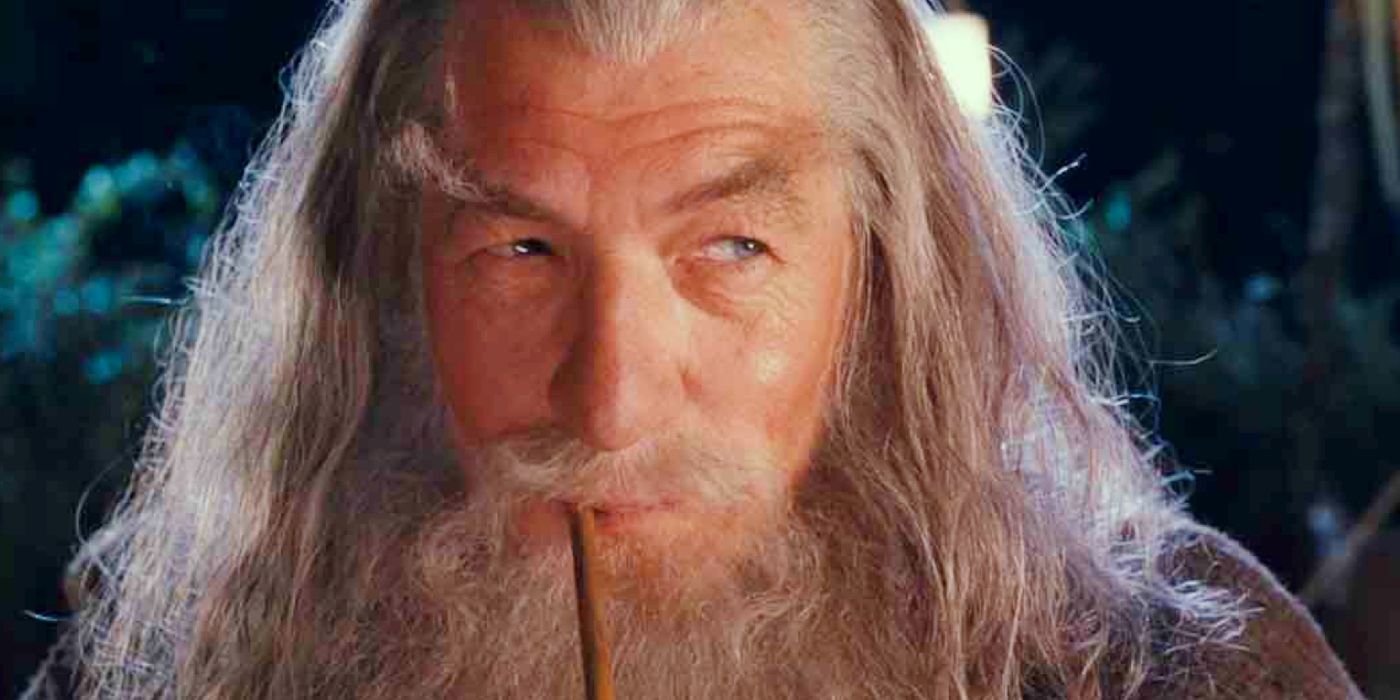Summary
- The Fourth Age of Middle-earth begins immediately after The Lord of the Rings trilogy, but there are fewer details about what happens after Aragorn's crowning and Frodo's departure.
- Aragorn becomes the King of Gondor and rebuilds Arnor, uniting the two kingdoms to create the Reunited Kingdom. He takes on the title of High King and leads the Reunited Kingdom in retaking their previously occupied lands.
- The departure of the Elves for the Undying Lands marks the dawn of the Fourth Age, characterized by the Dominion of Men. The Dwarves also begin to die off, leaving humanity as the most important race in Middle-earth. The Shire becomes a sanctuary for Hobbits, with Aragorn banning humans from visiting to ensure the Hobbits' peaceful existence.
The Return of the King gives an epic conclusion to the trilogy, but what happens after The Lord of the Rings is something viewers and readers both have speculated over for decades. After stealing the One Ring and fighting with Frodo (Elijah Wood), Gollum (Andy Serkis) plunged into the fiery pits, and the One Ring was finally destroyed. The destruction of the Ring triggered the death of Sauron, who could not exist without the One Ring's power. Mordor collapsed, and the war was finally over. Aragorn (Viggo Mortensen) becomes the King of Gondor. While peace seems to have returned, there is still some question about what comes next.
The Lord of the Rings trilogy takes place at the end of the Third Age of Middle-earth, with the Fourth beginning immediately afterward. There have been multiple films and books depicting what happened before the Lord of the Rings trilogy, including The Hobbit and its film adaptations, reference books and appendices written by Tolkien, and Amazon's Rings of Power series set during the Second Age. However, there are fewer hints about what exactly happened after Aragorn's crowning and Frodo's departure, but that doesn't mean Tolkien didn't get readers some idea of what happens after Lord of the Rings and the events of the Fourth Age of Middle-earth.
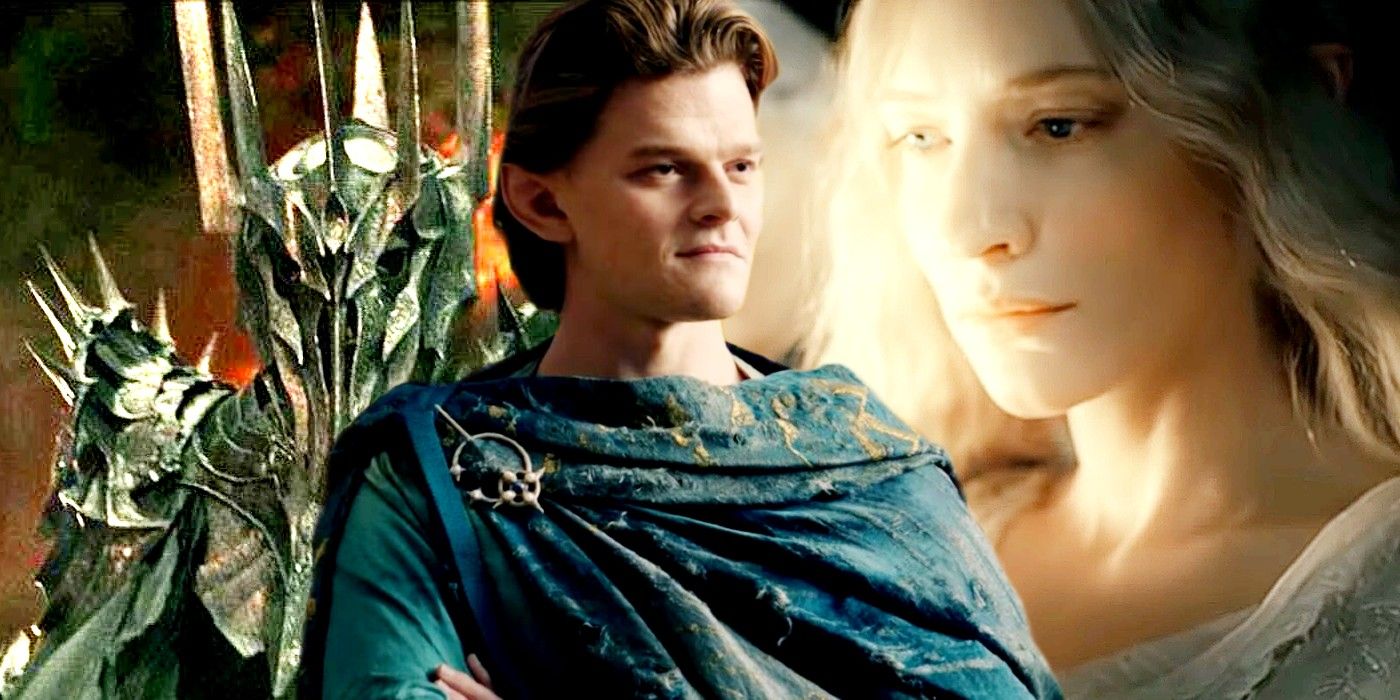
Lord Of The Rings' Second Age Explained Entirely
Long before Frodo and Bilbo's adventures in the Third Age, the Lord of the Rings' Second Age happened, filled with wicked wars and seismic shifts.What Happened Immediately After Return Of The King (And Why Not Much Of It Is Known)
The Post-Return Of The King Period Became The Fourth Age
Thanks to Tolkien's literary works, some light has been shed on the future of Middle-earth after The Return of the King. The Lord of the Rings has an almost fairytale ending, making a refreshing break from bleak modern fantasies like Game of Thrones. Sauron's defeat allowed for a happy ending for the surviving members of the Fellowship of the Ring as they moved on with their lives. Frodo and Sam (Sean Astin) returned to the Shire at last, and Sam started a family.
Some of this is depicted in The Return of the King and more is covered in the extended editions. What most viewers know is that Frodo wasn't content with his life in the Shire, due in part to injuries he sustained in The Lord of the Rings. As seen at the end of Return of the King, Frodo left Middle-earth for the Undying Lands. Meanwhile, also seen in the movie adaptation, Aragorn took his rightful place as the King of Gondor. He married the Elf, Arwen (Liv Tyler), who willingly gave up her Elven immortality in order to share a life with Aragorn. Aragorn lived a long, full life with Arwen for many years after The Lord of the Rings, and passed away at the age of 210.
Most of these events took place in an era known as the Third Age. The timeline of Middle-earth is broken up into several long eras, and the Third Age is just one of them. The Second Age is the focus of Amazon's Lord of the Rings TV series, The Rings of Power. Tolkien wrote a surprisingly large amount about The Second Age in his appendices and books like The Silmarillion. The Third Age, which lasted for a period of 3021 years, is the setting for both The Hobbit and The Lord of the Rings trilogies. Shortly after the conclusion of The Return of the King, the Fourth Age kicked off. This period of Middle-earth's timeline, unlike its pre-Lord of the Rings history, isn't covered in great detail. There are, however, a few confirmed details.
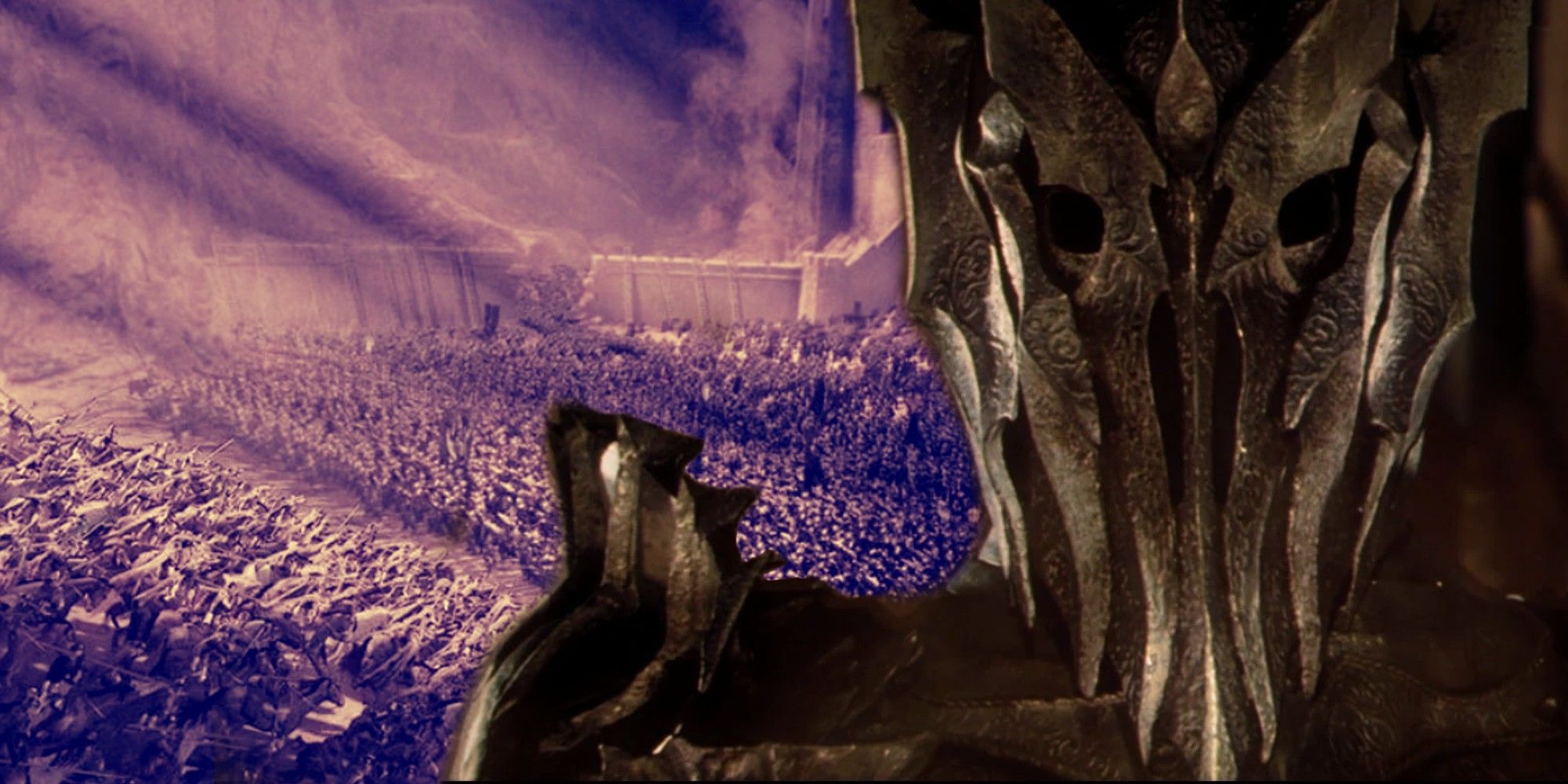
Tolkien's 10 Biggest Battles That Happened Before Lord Of The Rings
The Lord of the Rings movies are known for their epic battles, but they are nothing compared to the battles Tolkien described to have come before.Aragorn Created the Reunited Kingdom
The Time Of Men Is Restored
For Aragorn, life after Sauron's defeat was about returning the Kingdoms of Men to their former glory. Located in the north, Arnor was a prominent kingdom in the Second Age of Middle-earth. Populated by Elves, Hobbits, and Men, Arnor thrived for centuries but in the early part of the Third Age, Arnor was no longer such a prosperous place. Political unrest and deceit divided the kingdom into three smaller kingdoms, and over time, civil war brought them to their knees. There were attempts at reunification. For a time, Gondor and Arnor were one kingdom, but this didn't last. After its fall, what was left of the people of Arnor moved on to other regions.
One of the kings of Arnor's descendants is Aragorn. This meant that Aragorn, who was already the King of Gondor, was also entitled to the throne of Arnor. As a result, what happens after Lord of the Rings is that Aragorn rebuilt Arnor and became its 26th king. This allowed Aragorn to take the High King of Arnor and Gondor position, a title that hadn't been held since Isildur in the Second Age. After centuries of being apart, Aragorn mended the split between Arnor and Gondor and created the Reunited Kingdom.
Under Aragorn's control, the Reunited Kingdom became the most dominant force in the northwest region of Middle-earth. During this time, the Reunited Kingdom set out to retake all the lands that were previously occupied by Arnor and Gondor. Only certain territories were left alone as the Reunited Kingdom fought to take back what once belonged to them.
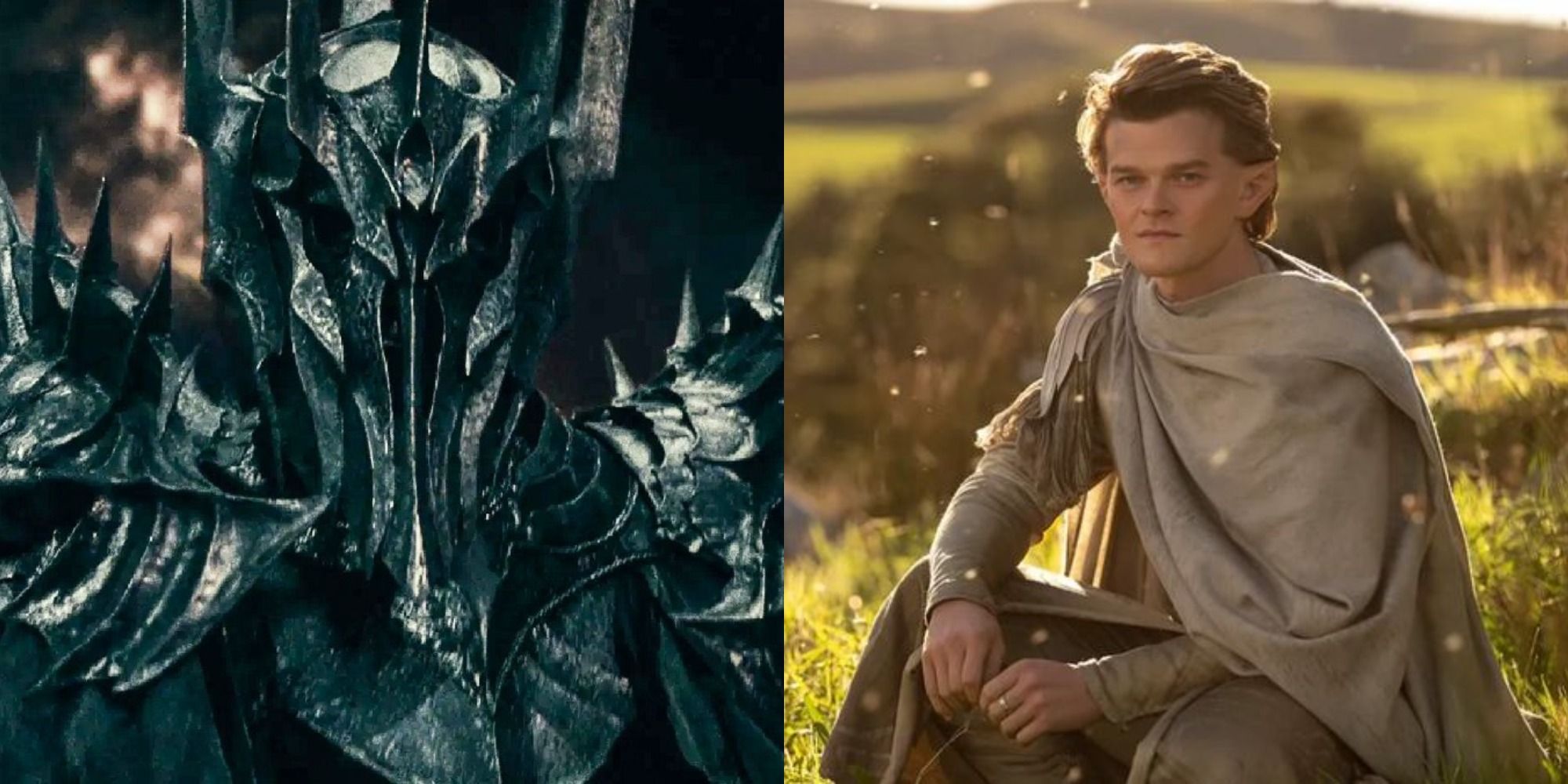
Rings of Power: 10 Fantasy Tropes Made Famous By Lord Of The Rings & JRR Tolkein
The iconic book series and the lands of Middle-Earth are the cornerstones on which modern fantasy is founded.The Fourth Age & The Dominion of Men Began
Elves Returned To The Undying Lands Following Sauron's Defeat
The Elves were the most prevalent race in the First and Second Ages of Middle-earth. This began to change in the Third Age when the power of the Elves began to wane. In the beginning of the Third Age, the Elves started to leave for their homeland, Valinor, though many of them remained in various regions of Middle-earth. What was next for the Elves and the fate of Middle-earth after Return of the King was teased by Gandalf at the end of The Return of the King when he said, "For the time comes of the Dominion of Men, and the Elder Kindred should fade or depart."
Gandalf's prediction was proven correct when the remaining Elves left Middle-earth for the Undying Lands when the Three Rings lost their power as a result of Sauron's defeat. The departure of the Elves ushered in the dawn of the Fourth Age, which is characterized by the Dominion of Men. Also, the Dwarves began to die off in the Fourth Age, since women only made up a third of their population, and Dwarven females often chose not to marry. So, over time, the Dwarves' contributions to the world were forgotten, leaving humanity as the most important race remaining on the face of Middle-earth.
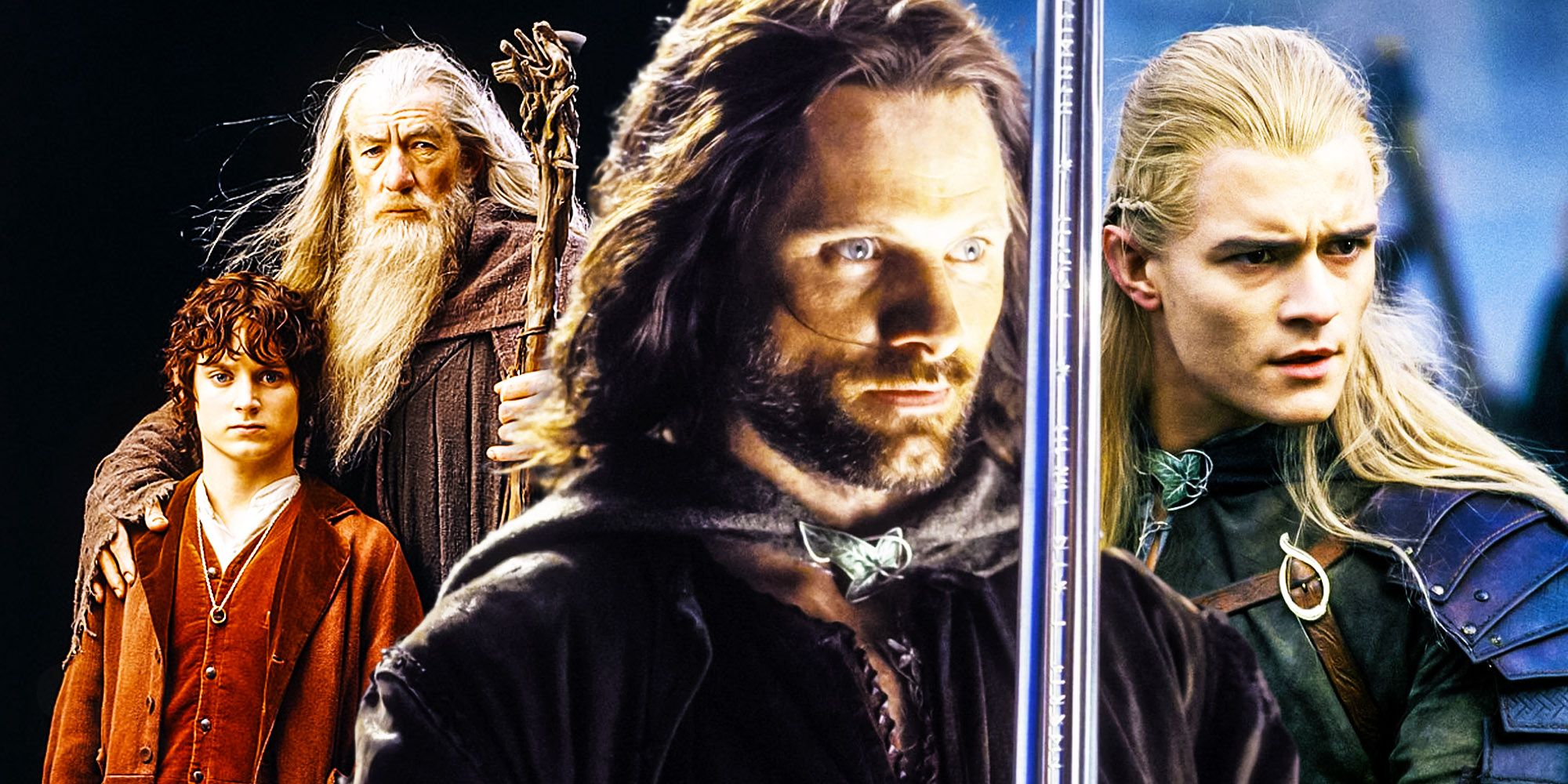
How Old Each Lord of the Rings Fellowship Member Really Is
The Fellowship take on an arduous journey in The Lord of the Rings, but how old is each member of the group when first formed at Rivendell?The Shire Became A Sanctuary For The Hobbits
Aragorn Banned Humans From The Shire
In The Hobbit and The Lord of the Rings, the Shire is the homeland of the Hobbits and a region located in the northwest portion of Middle-earth. The Shire was famously visited by Gandalf and a company of Dwarves in The Hobbit and again by Gandalf in Lord of the Rings. While it is only occupied by Hobbits, it has seen its fair share of visitors over the centuries. Both Elves and Dwarves have been known to pass through. While the Fellowship was off on their adventure, a group of Men called the Ruffians became a threat to the Shire and the Hobbits' way of life. The Ruffians were dealt with once Frodo and the others returned home.
Things changed for the Shire-folk when Aragorn – known by the name "King Elisaar" in the Fourth Age of Middle Earth – formed the Reunited Kingdom. The lands he gained as the High King gave him some level of control over the Shire's fate. Knowing that people like the Ruffians would always be a problem for the Shire, he declared that the Shire was a sanctuary for the Hobbits that should never be visited by Men, including himself. Aragorn's intention in banning Men from the Shire was to ensure that the Hobbits could live peacefully without intervention from outsiders.
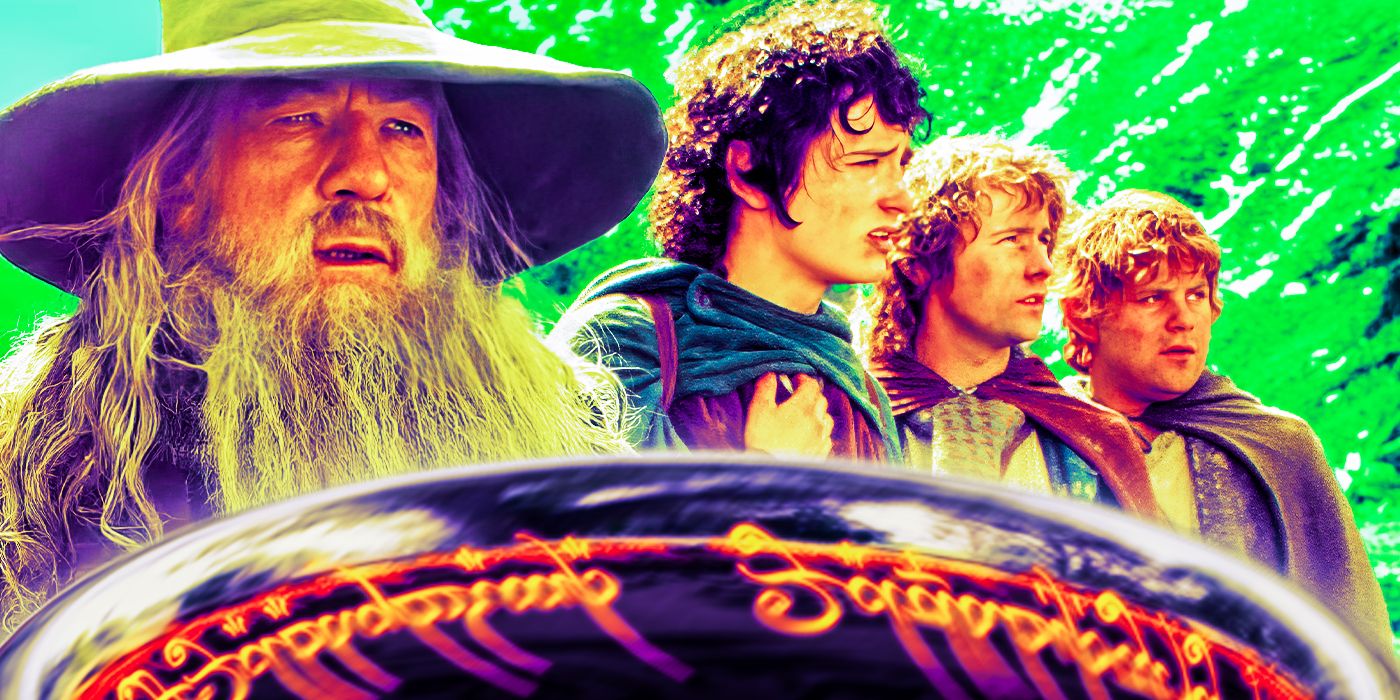
Why Gandalf Was So Interested In Hobbits In The Lord Of The Rings (Did He Know They'd Be Important?)
Gandalf seemed to know that Hobbits would be important in saving Middle-earth, but was this the only reason he befriended them in Lord of the Rings?What Tolkien Books Are Set After Lord Of The Rings?
The New Shadow Was Tolkien's Intended Follow-Up
While Tolkien wrote several stories and appendices set during or about Lord of the Rings' Fourth Age, there was never a full novel-length sequel to Lord of the Rings. Tolkien started writing a Lord of the Rings sequel in the 1960s, which had the title The New Shadow. It ended up only being nine pages of story though, and they were all published in The Peoples of Middle-earth – the twelfth and final volume in The History of Middle-earth series, featuring unpublished Tolkien appendices, letters, notes, and previously unpublished manuscripts that were collated and published by his son, Christopher Tolkien.
It's from The Peoples of Middle-earth and the extract of The New Shadow that almost all details on the Fourth Age of Middle-earth are drawn. Tolkien abandoned the novel, however, because he found it too bleak a setting. Had it been finished, The New Shadow would have been set a century after the fall of Mordor and would have shown more of the kingdoms of Men and what happens after The Lord of the Rings. For his part, Christopher Tolkien remarked in The Peoples of Middle-earth that the unfinished The New Shadow "would nonetheless have been a very remarkable ‘thriller’, and one may well view its early abandonment with regret.”
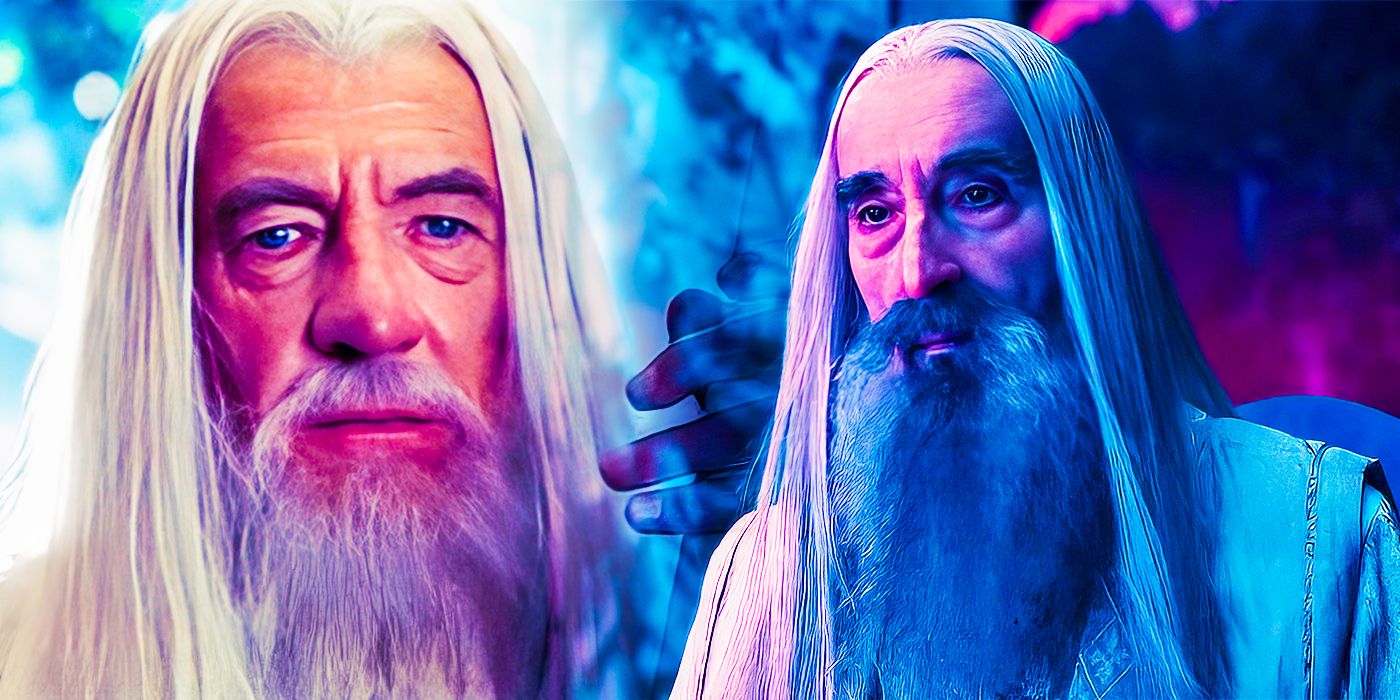
Gandalf & Saruman's History (& Rivalry) In Lord Of The Rings Explained
The Lord of the Rings picks up thousands of years into Gandalf and Saruman's friendship, but Tolkien's other works outline the path to betrayal.Will The New Lord Of The Rings Movie Take Place After Return Of The King?
An Animated Adventure Is The Next Continuation Of The Middle-earth Story
Warner Bros. has announced it will be returning to the Lord of the Rings film series with new titles in the future. The first film as a result of this project will be The Lord of the Rings: The War of the Rohirrim, an animated feature directed by anime veteran Kenji Kamiyama and featuring the voices of Brian Cox and Miranda Otto. The War of the Rohirrim will take place 183 years before the events of The Lord of the Rings. An animated Lord of the Rings movie based on Rohan is a talking point in itself, but many are wondering if a new Lord of the Rings movie could be a sequel set in the Fourth Age of Middle-earth.
While few concrete plans for Warner Bros' Lord of the Rings slate have been announced, it would seem as though the franchise continues to plumb Tolkien's writing about the past of Middle-Earth rather than its future. Creating a movie or series in the Fourth Age of Middle Earth would present many challenges, as it would have to be created from scratch and deal with the fading of many of the magical and fantastical elements from Tolkien's world in favor of a more modern society. However, given the continued popularity of Middle Earth, it seems inevitable that at some point we will see an on-screen story of what happens after The Lord of the Rings.
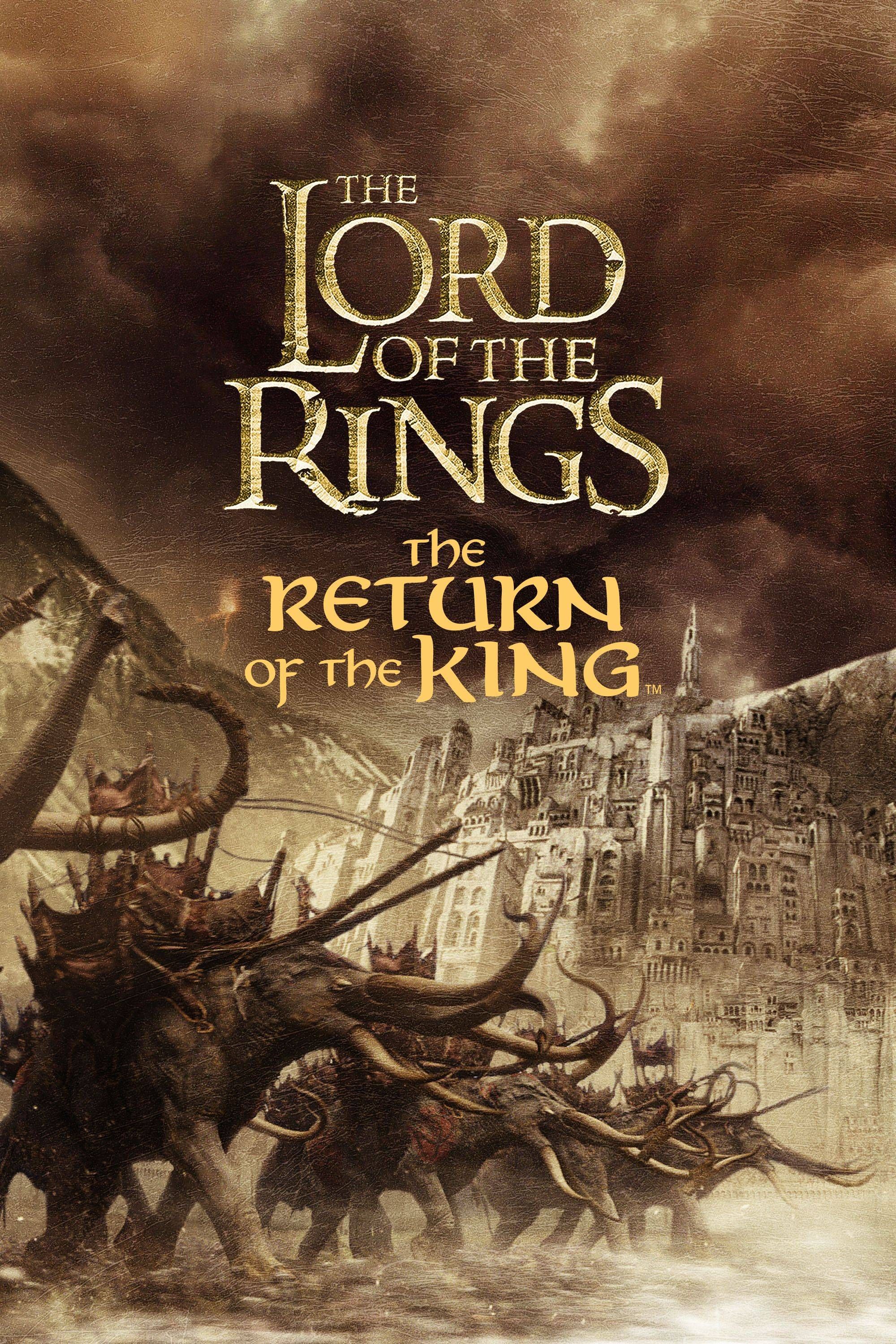
The Lord of the Rings: The Return of the King
The final installment of the Lord of the Rings trilogy, The Return of the King concludes the epic saga of the Fellowship's quest to destroy the One Ring and put an end to Sauron's reign of terror. As Frodo and Sam continue on their way to Mordor and Mount Doom, accompanied by Gollom, the rest of the Fellowship work to defend Minas Tirith from Sauron's forces. The film's ensemble cast includes Elijah Wood, Sean Astin, Ian McKellen, Vigo Mortensen, Orlando Bloom, John Rhys-Davies, Billy Boyd, and Dominic Monaghan.
- Release Date
- December 3, 2003
- Director
- Peter Jackson
- Cast
- Elijah Wood , Ian McKellen , Liv Tyler , Viggo Mortensen , Sean Astin , Cate Blanchett , John Rhys-Davies , Bernard Hill , Billy Boyd , Dominic Monaghan , Orlando Bloom , Hugo Weaving , Miranda Otto , David Wenham , Karl Urban , John Noble , Andy Serkis , Ian Holm , Sean Bean
- Runtime
- 210 Minutes
- Writers
- Peter Jackson
- Budget
- $94 million
- Studio(s)
- New Line Cinema
- prequel(s)
- The Lord of the Rings: The Fellowship of the Ring , The Lord of the Rings: The Two Towers
- Franchise(s)
- The Lord of the Rings

